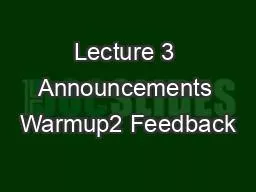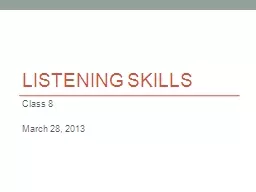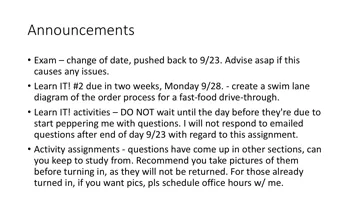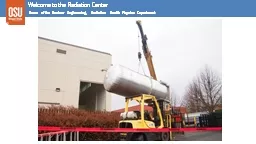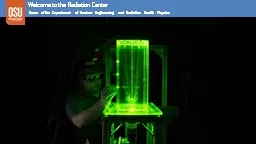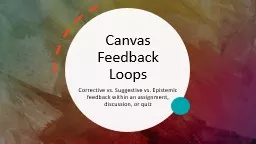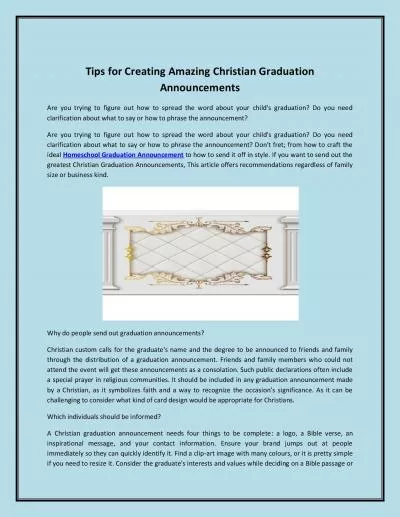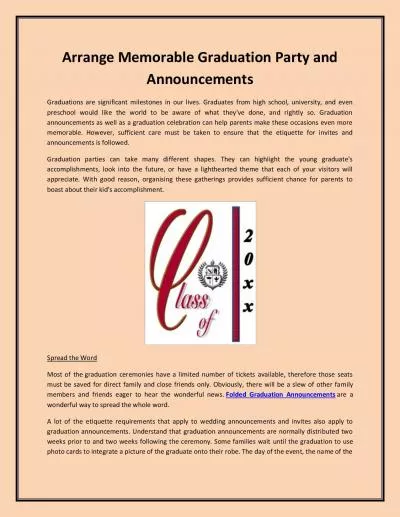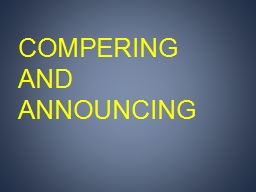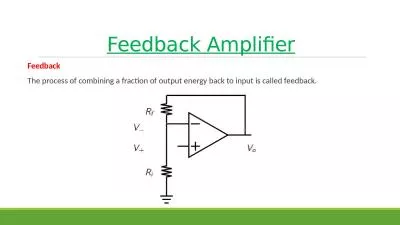PPT-Lecture 3 Announcements Warmup2 Feedback
Author : bikersquackers | Published Date : 2020-06-22
Great work Warmup is done hopefully 14 of the way done with the course kind of You all managed to make some really cool games Testing on Department Machines Please
Presentation Embed Code
Download Presentation
Download Presentation The PPT/PDF document "Lecture 3 Announcements Warmup2 Feedback" is the property of its rightful owner. Permission is granted to download and print the materials on this website for personal, non-commercial use only, and to display it on your personal computer provided you do not modify the materials and that you retain all copyright notices contained in the materials. By downloading content from our website, you accept the terms of this agreement.
Lecture 3 Announcements Warmup2 Feedback: Transcript
Download Rules Of Document
"Lecture 3 Announcements Warmup2 Feedback"The content belongs to its owner. You may download and print it for personal use, without modification, and keep all copyright notices. By downloading, you agree to these terms.
Related Documents

